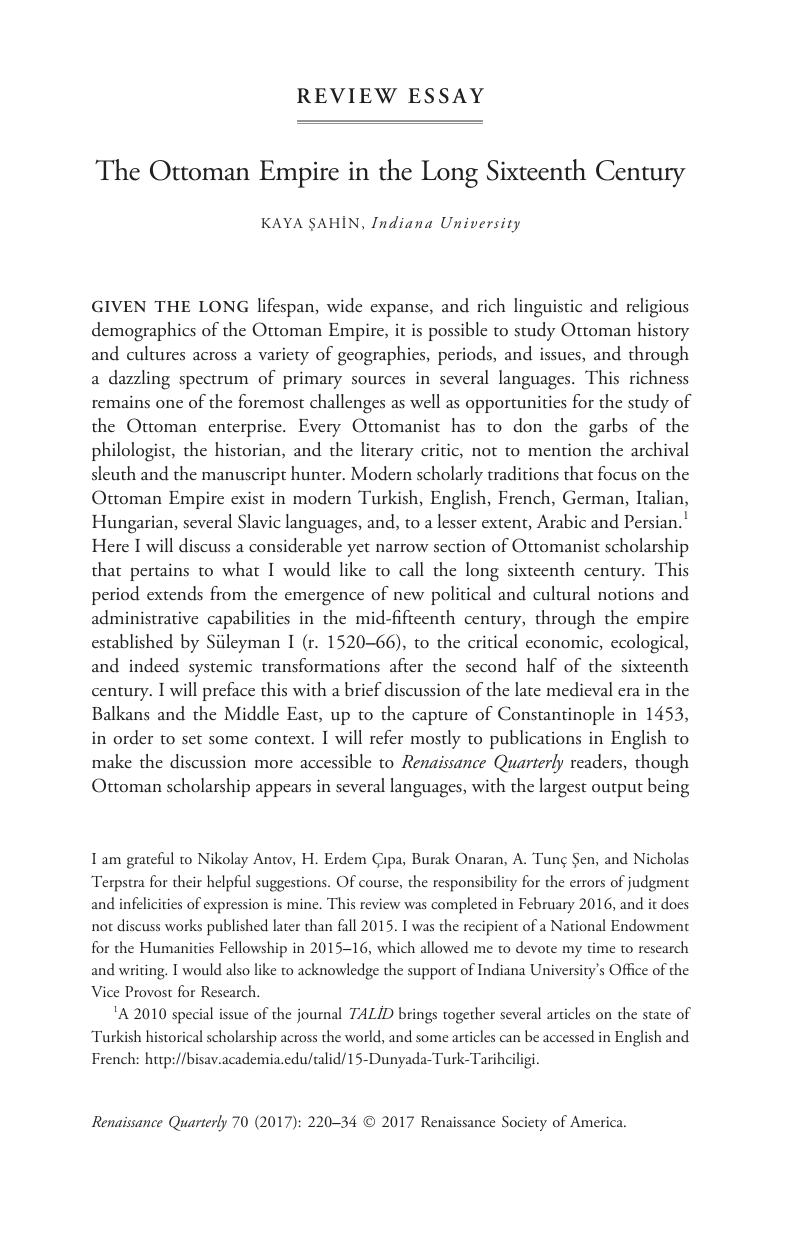Crossref Citations
This article has been cited by the following publications. This list is generated based on data provided by Crossref.
Spruyt, Hendrik
2020.
The World Imagined.
Çınaroğlu, Metin
2024.
Mental Health and Healing Practices in the Ottoman Empire.
Osmanlı Medeniyeti Araştırmaları Dergisi,
p.
80.



